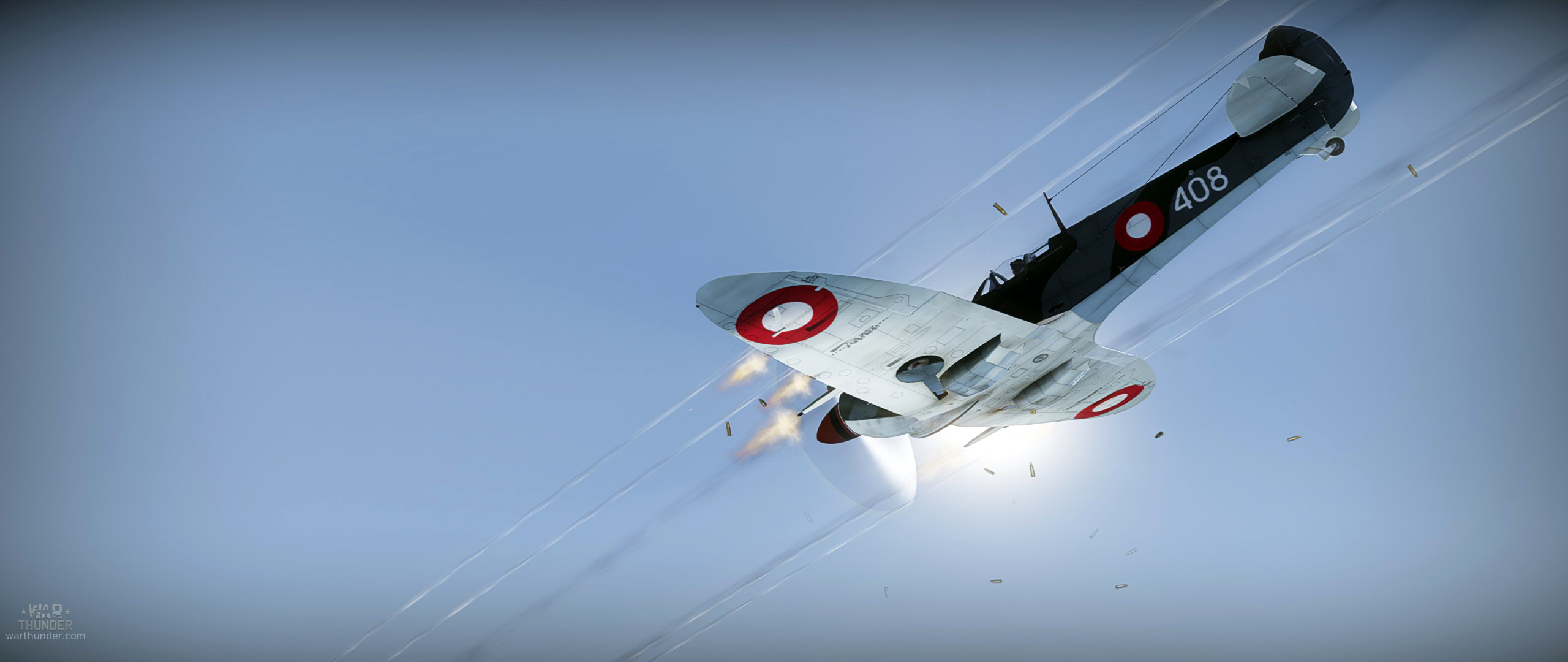
- For PC
- For MAC
- For Linux
- OS: Windows 10 (64 bit)
- Processor: Dual-Core 2.2 GHz
- Memory: 4GB
- Video Card: DirectX 11 level video card: AMD Radeon 77XX / NVIDIA GeForce GTX 660. The minimum supported resolution for the game is 720p.
- Network: Broadband Internet connection
- Hard Drive: 23.1 GB (Minimal client)
- OS: Windows 10/11 (64 bit)
- Processor: Intel Core i5 or Ryzen 5 3600 and better
- Memory: 16 GB and more
- Video Card: DirectX 11 level video card or higher and drivers: Nvidia GeForce 1060 and higher, Radeon RX 570 and higher
- Network: Broadband Internet connection
- Hard Drive: 75.9 GB (Full client)
- OS: Mac OS Big Sur 11.0 or newer
- Processor: Core i5, minimum 2.2GHz (Intel Xeon is not supported)
- Memory: 6 GB
- Video Card: Intel Iris Pro 5200 (Mac), or analog from AMD/Nvidia for Mac. Minimum supported resolution for the game is 720p with Metal support.
- Network: Broadband Internet connection
- Hard Drive: 22.1 GB (Minimal client)
- OS: Mac OS Big Sur 11.0 or newer
- Processor: Core i7 (Intel Xeon is not supported)
- Memory: 8 GB
- Video Card: Radeon Vega II or higher with Metal support.
- Network: Broadband Internet connection
- Hard Drive: 62.2 GB (Full client)
- OS: Most modern 64bit Linux distributions
- Processor: Dual-Core 2.4 GHz
- Memory: 4 GB
- Video Card: NVIDIA 660 with latest proprietary drivers (not older than 6 months) / similar AMD with latest proprietary drivers (not older than 6 months; the minimum supported resolution for the game is 720p) with Vulkan support.
- Network: Broadband Internet connection
- Hard Drive: 22.1 GB (Minimal client)
- OS: Ubuntu 20.04 64bit
- Processor: Intel Core i7
- Memory: 16 GB
- Video Card: NVIDIA 1060 with latest proprietary drivers (not older than 6 months) / similar AMD (Radeon RX 570) with latest proprietary drivers (not older than 6 months) with Vulkan support.
- Network: Broadband Internet connection
- Hard Drive: 62.2 GB (Full client)
'Danish Spitfire F. Mk IX',
camouflage created by balthe_onFire | download here
The history of the Danish Air Force began in 1911. It was then that the aerial arm of the Danish Navy – the Marinens Flyvevæsen – was brought into life. Just a year later the Danish Army also created its own air formation – the Hærens Flyvertropper. At first, the main equipment of both forces were French recon biplanes, such as the Farman HF.20 and the Caudron G.3. Thanks to the fact that Denmark was neutral during World War I, the country escaped the damages caused by the war and it's air forces were left unscathed. The conflict highlighted the potential of aviation in combat, and the Danish quickly started ordering fighters, such as the German Hansa-Brandenburg W.29s, French Breuget XIVs and the British Avro 504's. The Danes did not stop there – they started their own aircraft production in the Orlogsværftet shipyard. Some of the aircraft ordered abroad were also modified to Danish specifications, and as such received new names – such was the fate of the modified Hawker Woodcock, which was then known as the Danecock.
.jpg) |
| The 25 years anniversary of Hærens Flyvertropper (Danish Army Air Corps) at Kløvermarken in Copenhagen in 1937 |
Just before the Second World War, the Danish planned to modernise both Air Force Wings with new aircraft. The first step to that was the acquisition of 12 Fokker D.XXI monoplanes in 1938. Further plans called for the acquisition of the Fokker G.I heavy fighter along with the production license, as well as the Fairey Battle light bomber. The latter two procurements did not come in time – on the 9th of April 1940, Denmark was invaded by the Wehrmacht, following the Weserübung operation plan. Just after 2 hours from the beginning of the invasion, Denmark surrendered – the government quickly realised, that resistance was futile and that the Danish Forces were severely outnumbered. Denmark quickly found itself occupied by German forces. The capture of Denmark had been important for strategic reasons, as it made the later invasion of Norway easier for the Wehrmacht.
Denmark found itself under occupation. One of the first rulings of the occupiers was to prohibit the existence of any military air force. At the time, the Luftwaffe began building air bases in Denmark, also using the earlier built Danish infrastructure. While some former Danish Air Force pilots stayed in Denmark, others fled to the British Isles. One of them was Kaj Birksted, who, with 11 kills, became the best scoring Danish ace of the war. Another ace, Peter Horn, served in the Luftwaffe on the Eastern Front as part of the Free Corps Denmark – a military unit formed by Danish collaborators to fight against the Soviet Union. Denmark itself was liberated by the Allies in May 1945.
After the war, Denmark quickly found itself in the Western sphere of influence. In 1950, a unified Danish Air Force (Flyvevåbnet) was created, and was quickly supplied with 39 Mk.IX Spitfire fighters. Throughout the Cold War, the force underwent a series of modernisations, which included acquisitions of aircraft such as the North American F-86 Sabre, the Republic F-84 Thunderjet and the Lockheed F-104 Starfighter. Currently the Danish Air Force uses the Lockheed-Martin F-16 multirole aircraft as their main combat aircraft – these are to be replaced in the future by the F-35 Lightning II.
Author: Adam "Bonkers" Lisiewicz
In one of the following Updates, we will include the
Roundel of the 'Royal Danish Air Force' to War Thunder:
Decal made by Colin 'Fenris' Muir





